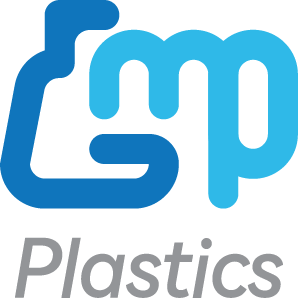Three-dimensional (3D) cell culture development represents a significant advancement in in vitro research, allowing scientists to more accurately replicate in vivo conditions. Unlike traditional two-dimensional (2D) cultures, 3D cultures provide an environment that supports cell-cell and cell-extracellular matrix (ECM) interactions, leading to more physiologically relevant cellular behavior. These models are essential for drug screening, cancer research, tissue engineering, and regenerative medicine.
Objective of 3D Cell Culture
The primary objective of 3D cell culture development is to cultivate cells in a three-dimensional environment that better mimics the in vivo cellular microenvironment. By doing so, researchers can achieve more accurate insights into cell proliferation, differentiation, gene expression, and response to therapeutics.
Methods for 3D Cell Culture Development
Several techniques have been developed to facilitate the growth of cells in 3D structures. Each method is tailored to specific research needs and cell types.
1. Scaffold-Based 3D Cell Cultures
Scaffold-based methods provide a physical structure that supports cell attachment and growth, promoting the formation of tissue-like architectures. These scaffolds can be made from natural or synthetic materials, including:
-
Matrigel: A widely used extracellular matrix-based hydrogel that promotes spheroid formation.
-
Collagen: A natural ECM component providing mechanical support and bioactivity.
-
Hydrogels: Polymers that offer a hydrated network for cell encapsulation and nutrient diffusion.
-
Biodegradable polymers (e.g., PLGA, PCL, PEG): Engineered for controlled degradation and tissue engineering applications.
2. Non-Scaffold or Scaffold-Free 3D Cultures
In scaffold-free methods, cells form 3D structures without external support, relying on their inherent self-assembly properties. Popular approaches include:
-
Spheroid Cultures: Cells aggregate and grow as spheroids, often using ultra-low attachment plates or hanging drop methods.
-
Microcarrier Beads: Used for suspension cultures to enhance cell aggregation and expansion in bioreactors.
-
Microfluidic Systems: Lab-on-a-chip devices that allow precise control over cell growth conditions and fluid dynamics.
3. Bioprinting and Organ-on-a-Chip Models
Advanced 3D cell culture techniques include:
-
3D Bioprinting: A technology that uses bio-inks to print cell-laden structures for tissue engineering and regenerative medicine.
-
Organ-on-a-Chip: Microfluidic platforms that mimic tissue-level functions, providing an alternative to animal models for drug testing.
Applications of 3D Cell Cultures
3D cell culture models have revolutionized multiple research areas, offering enhanced biological relevance in various applications.
1. Drug Discovery and Toxicology Screening
3D cultures enable high-throughput screening of pharmaceutical compounds, providing better predictions of drug efficacy and toxicity than 2D cultures.
2. Cancer Research
3D tumor spheroids mimic the complexity of cancer tissues, allowing researchers to study tumor progression, metastasis, and drug resistance mechanisms.
3. Tissue Engineering and Regenerative Medicine
Scaffold-based and bioprinted 3D cultures contribute to the development of functional tissues, advancing organ transplantation and regenerative therapies.
4. Stem Cell Research
3D environments support stem cell differentiation and maintenance, facilitating the generation of organoids and complex tissue structures.
5. Personalized Medicine
Patient-derived 3D cell models allow for customized drug testing and treatment strategies, reducing trial-and-error approaches in clinical settings.
Challenges and Future Perspectives
Despite its advantages, 3D cell culture technology faces challenges such as high costs, complexity in standardization, and difficulties in reproducing physiological conditions precisely. Future advancements, including AI integration, automated culture systems, and bioengineered scaffolds, will drive improvements in 3D cell culture efficiency and applications.





